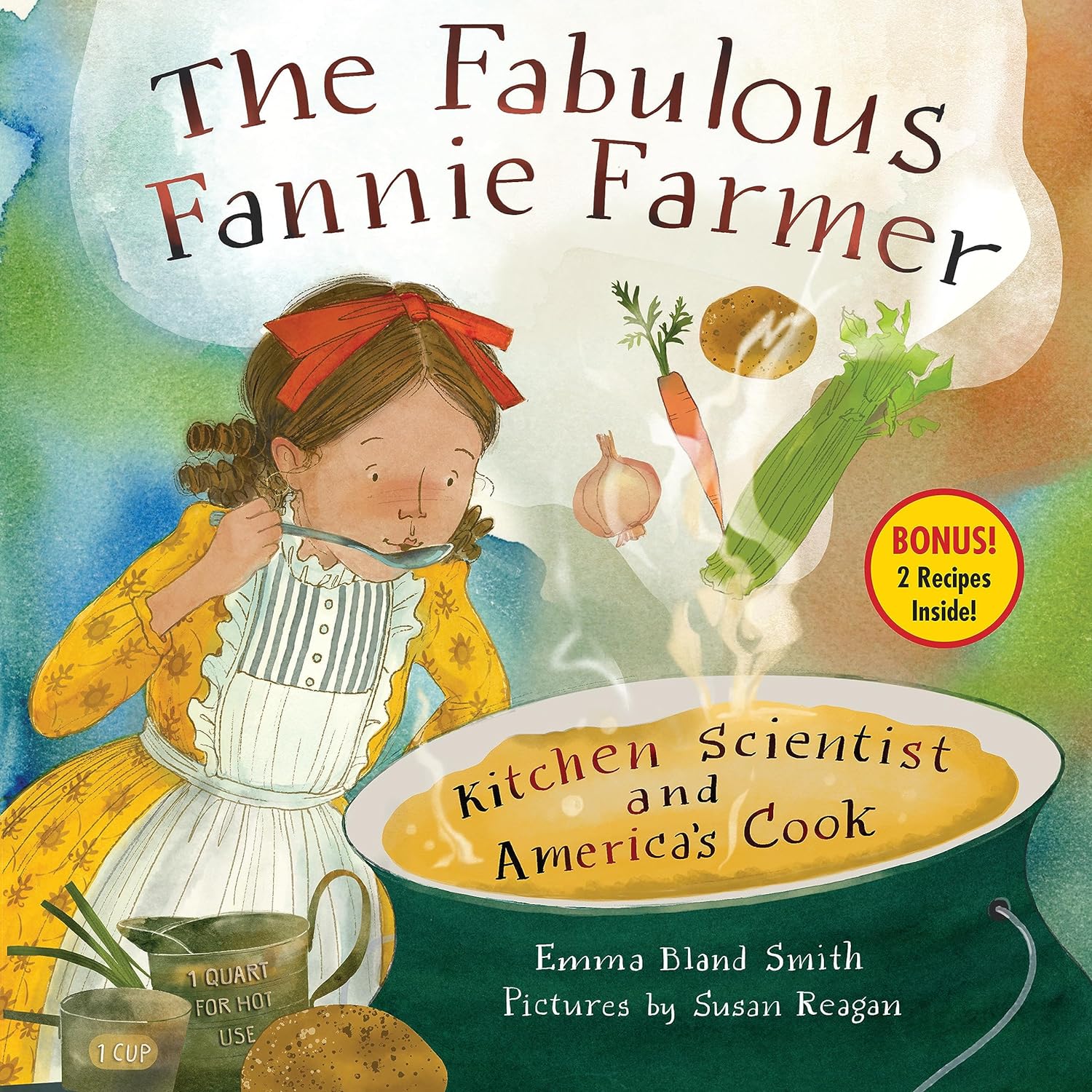-
Shop
- Back
- Shop
- Pre-Order Books
- New Releases
- Vintage Books
- Sale Books
- Children's
- Shop All
- Vintage Menus
- Risographs
- Aprons & Totes
- Moulds
- Gift Cards
- Americas
- Art & Design
- Asia & Oceania
- Europe
- Jewish
- Middle Eastern & African
- Baking & Sweets
- Drinks
- Food Writing
- Gardening & Preserving
- General & Ingredients
- Health
- Professional
- Technique
- Magazine
- Upcoming Events
- About Us
- Cookbook Club
-
Shop
- Pre-Order Books
- New Releases
- Vintage Books
- Sale Books
- Children's
- Shop All
- Vintage Menus
- Risographs
- Aprons & Totes
- Moulds
- Gift Cards
- Americas
- Art & Design
- Asia & Oceania
- Europe
- Jewish
- Middle Eastern & African
- Baking & Sweets
- Drinks
- Food Writing
- Gardening & Preserving
- General & Ingredients
- Health
- Professional
- Technique
- Magazine
- Upcoming Events
- About Us
- Cookbook Club



The Fabulous Fannie Farmer: Kitchen Scientist and America’s Cook (Emma Bland Smith, Susan Reagan)
Fannie Farmer, America’s most famous cooking teacher, discovers that precise measurements are a recipe for cooking success in this STEAM picture book that includes two of her classic recipes.
When Fannie Farmer learned to cook in the late 1800s, recipes could be pretty silly. They might call for “a goodly amount of salt” or “a lump of butter” or “a suspicion of nutmeg.” Girls were supposed to use their “feminine instincts” in the kitchen (or maybe just guess). Despite this problem, Fannie loved cooking, so when polio prevented her from going to college, she became a teacher at the Boston Cooking School. Unlike her mother or earlier cookbook writers, Fannie didn’t believe in feminine instincts. To her, cooking was a science. She’d noticed that precise measurements and specific instructions ensured that cakes rose instead of flopped and doughnuts fried instead of burned. Students liked Fannie’s approach so much that she wrote a cookbook. Despite skepticism from publishers, Fannie’s book was a recipe for success.
Written with humor and brought to life with charming illustrations, this book explores the origins of Fannie Farmer’s quintessentially American cookbook. A cookbook that was beloved because it allowed anyone to make tasty things, with no guessing, no luck—and certainly no feminine instincts—required.
